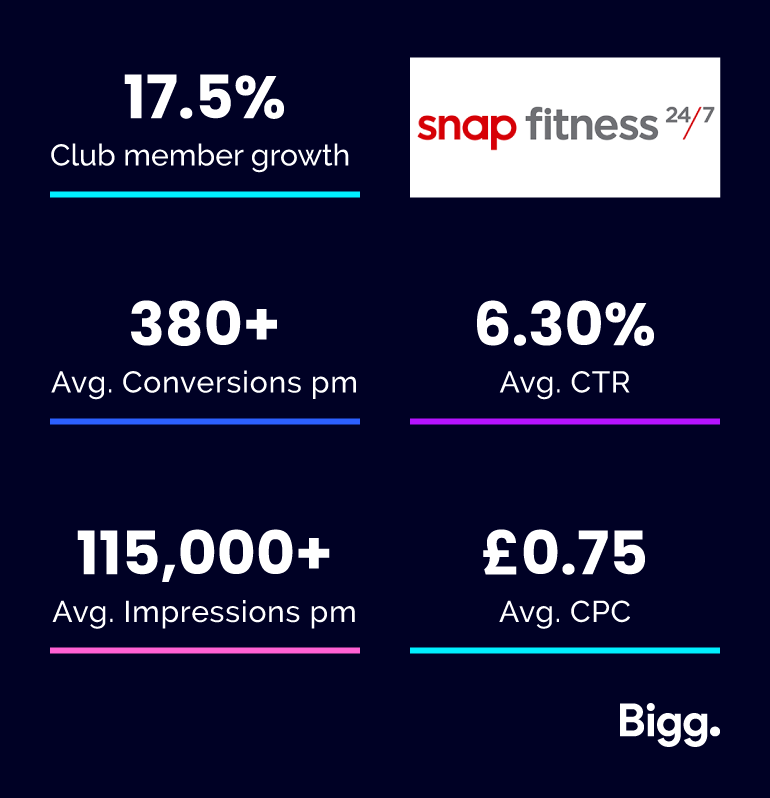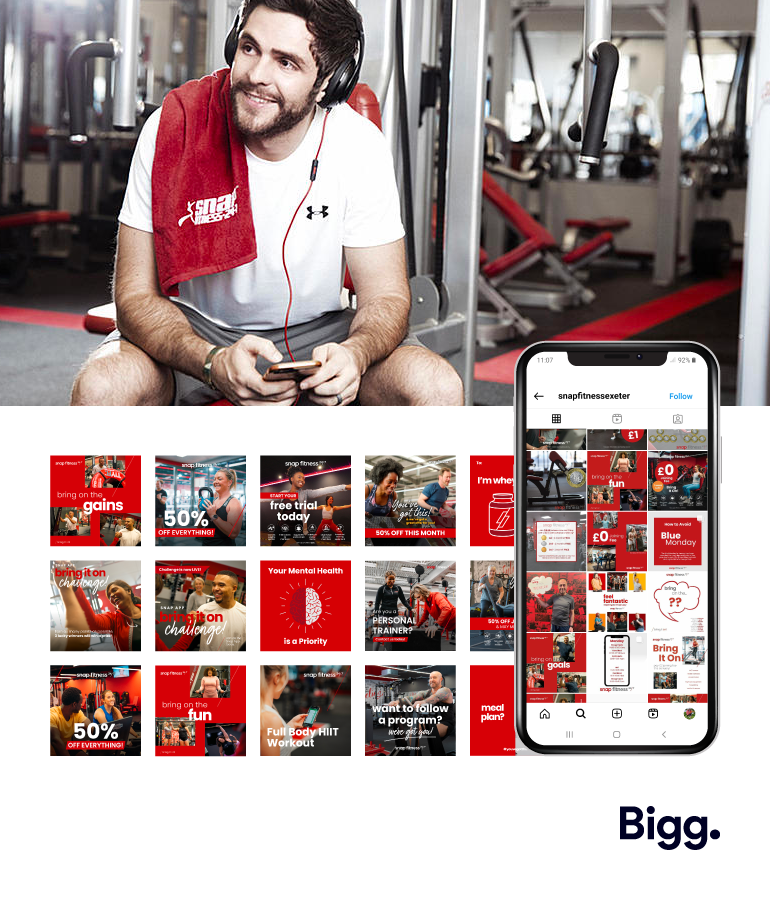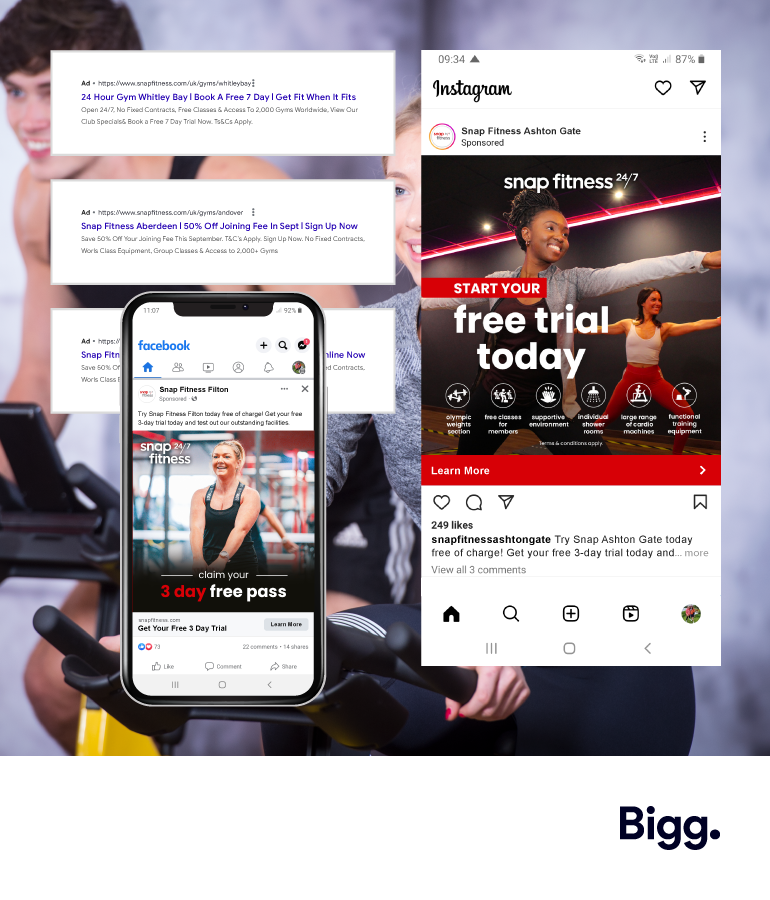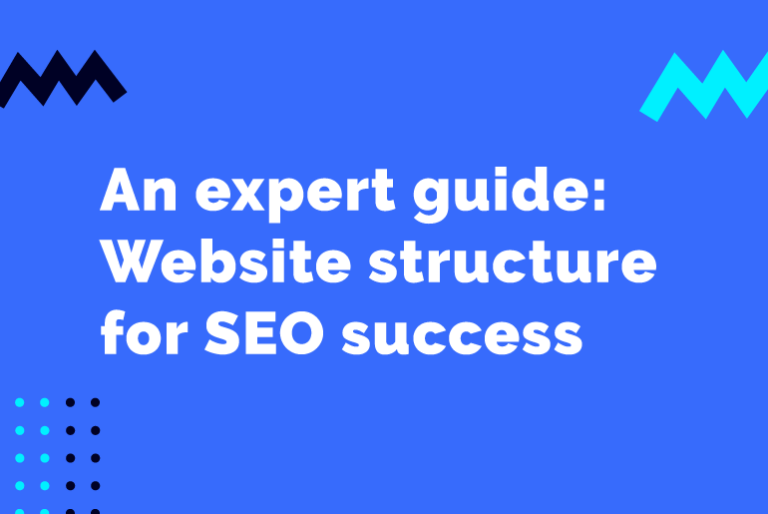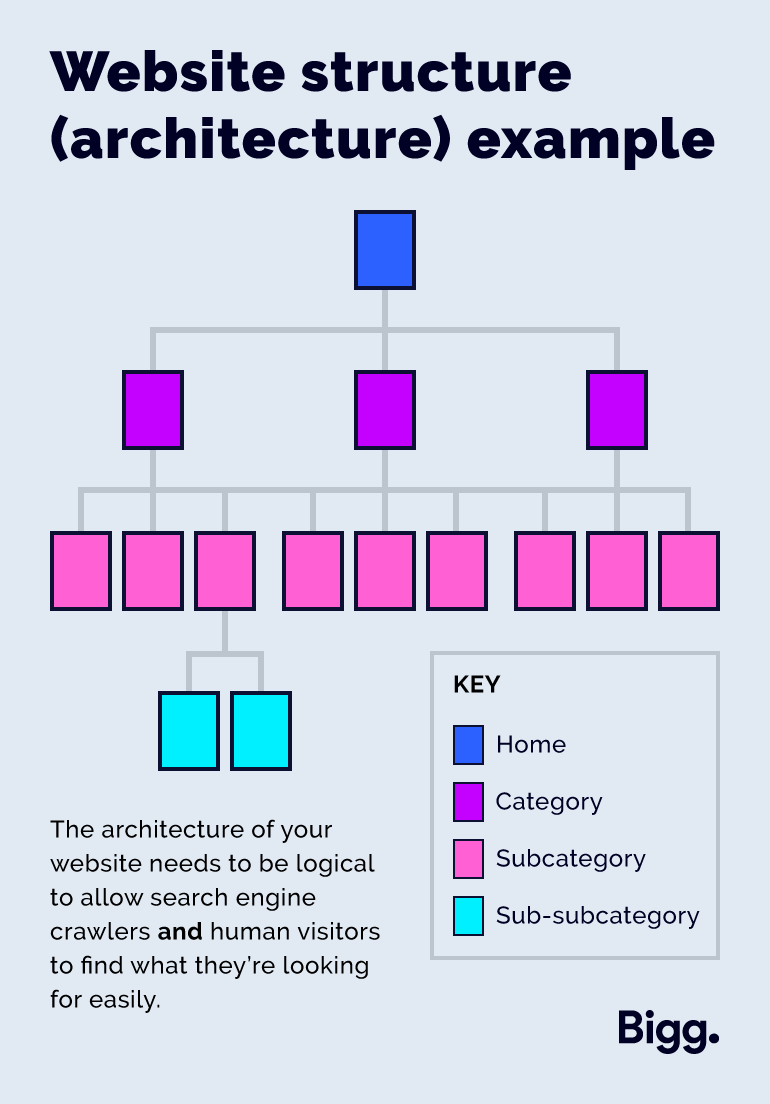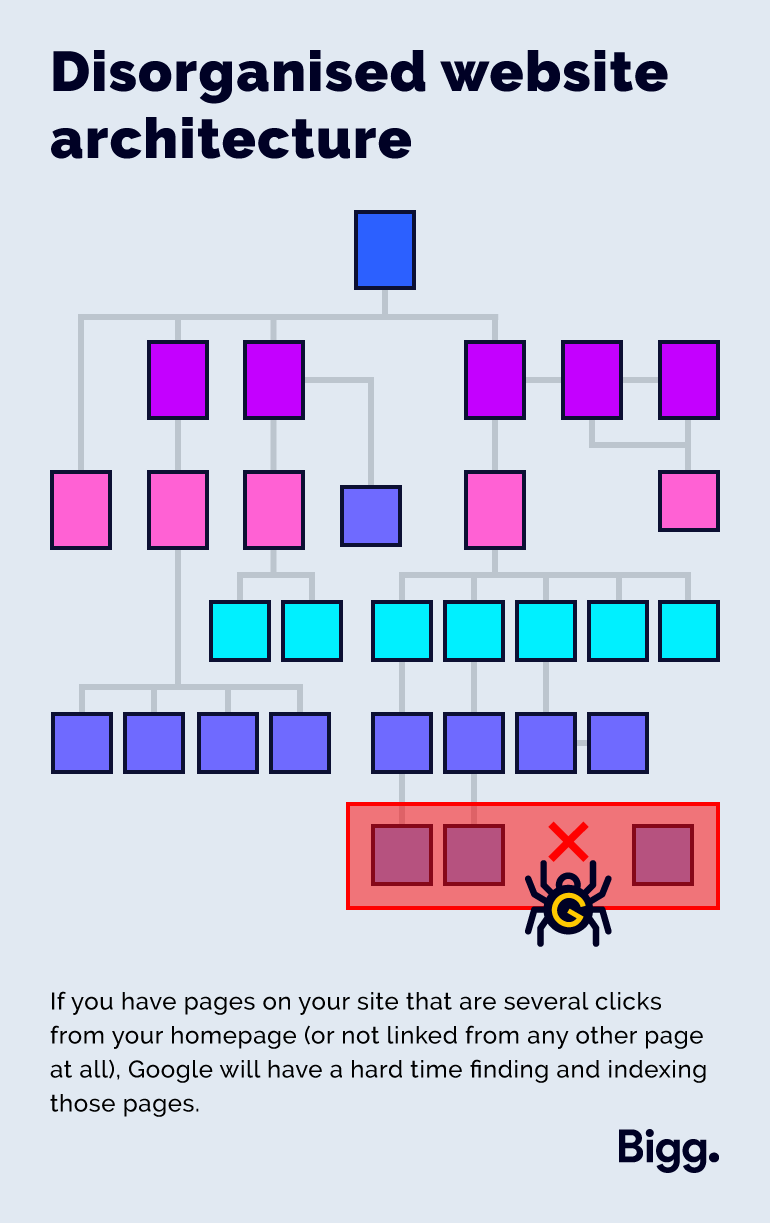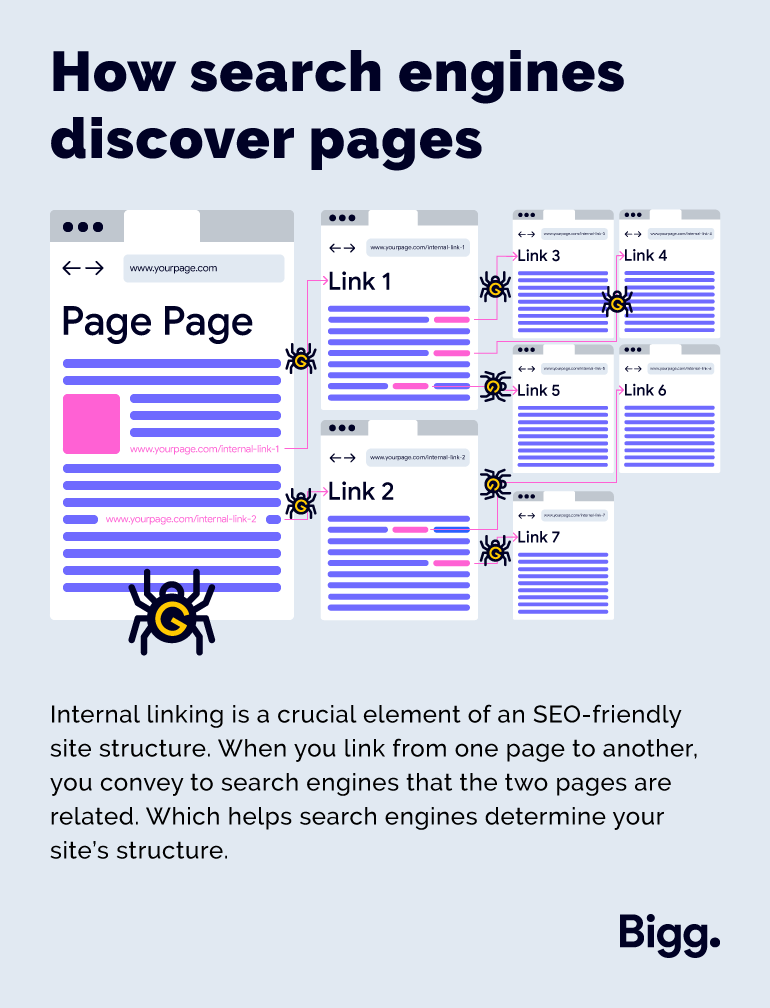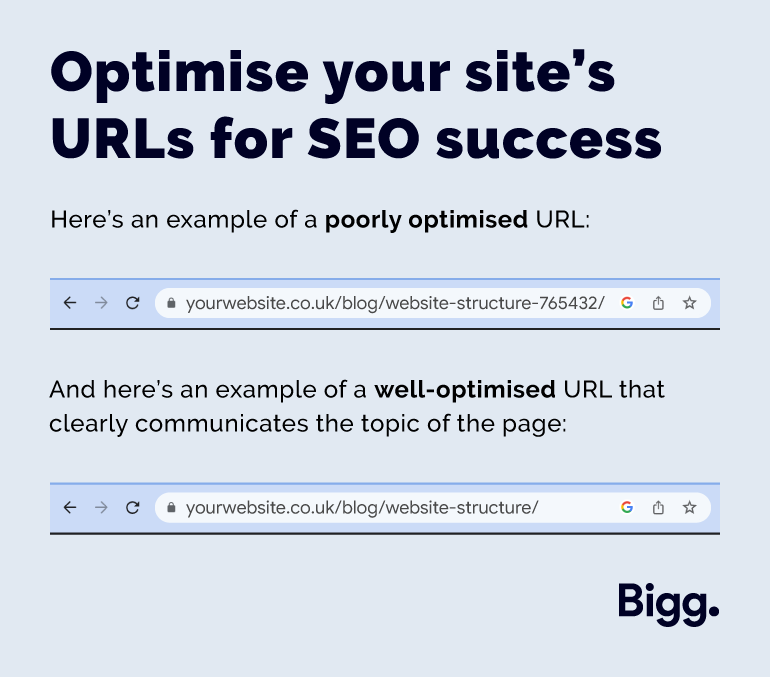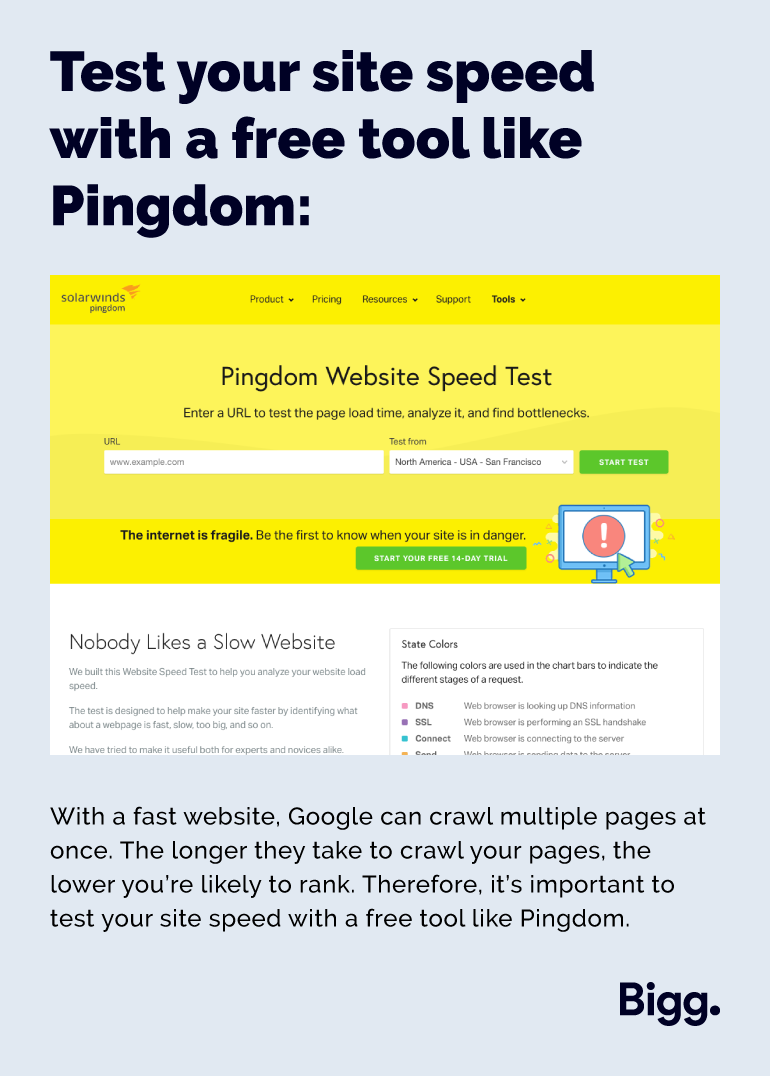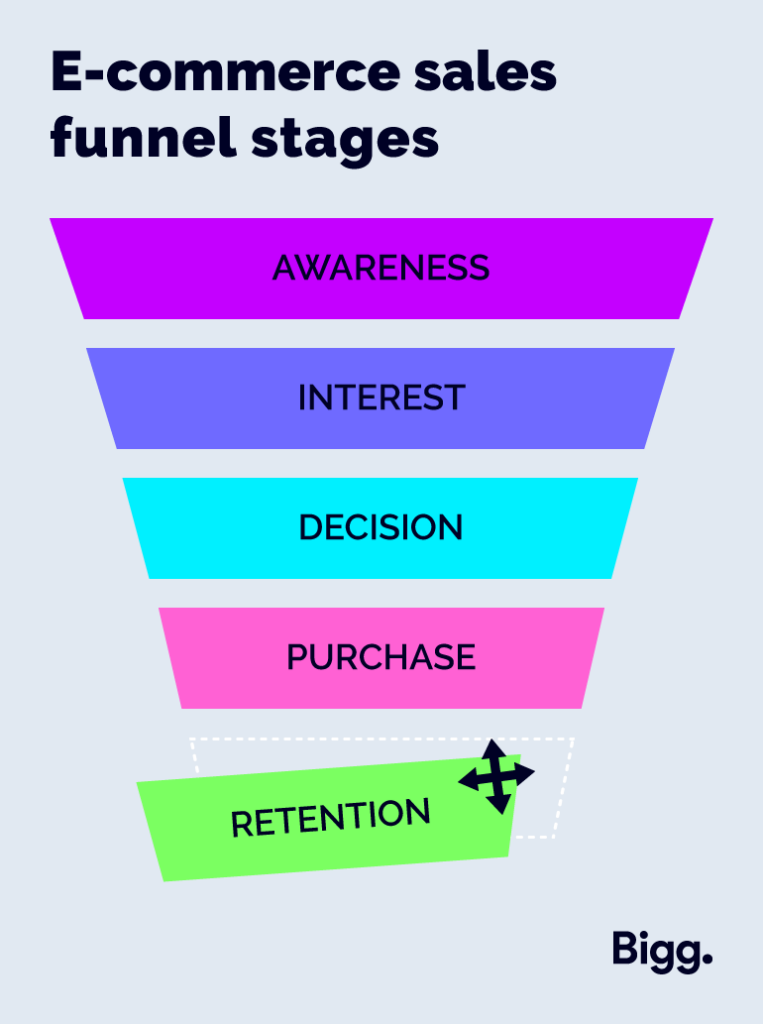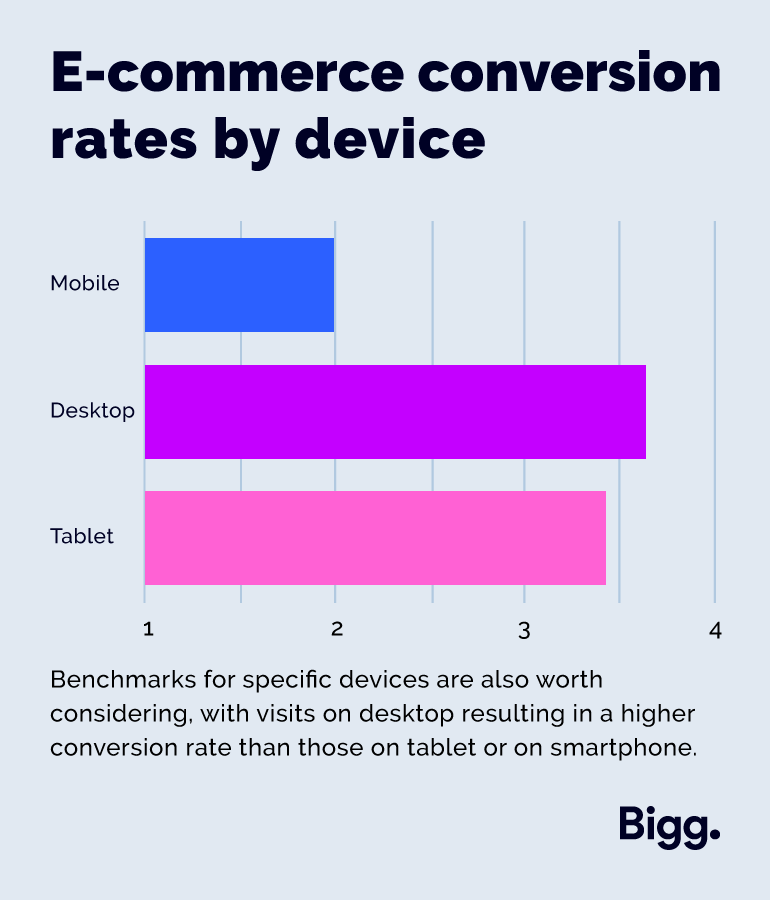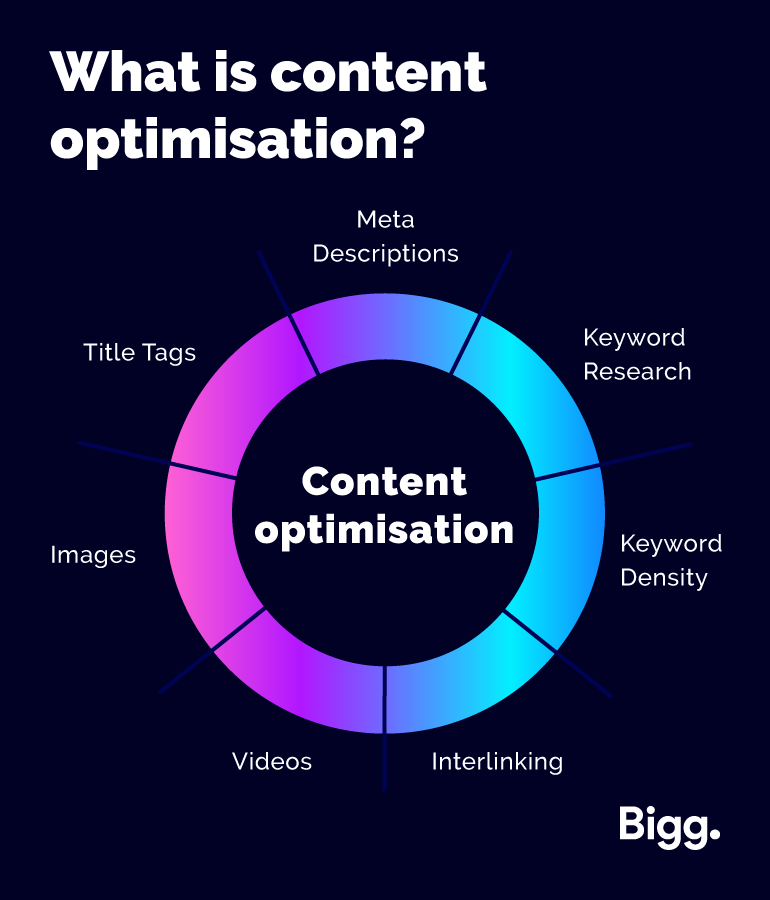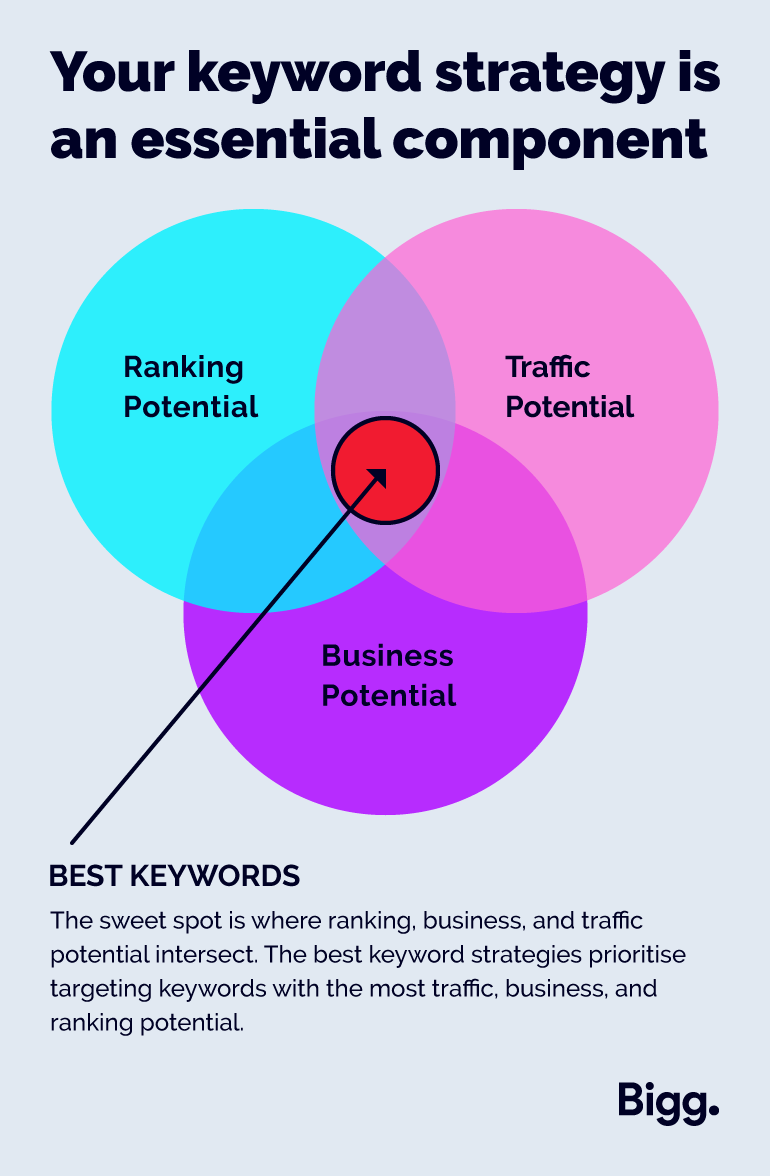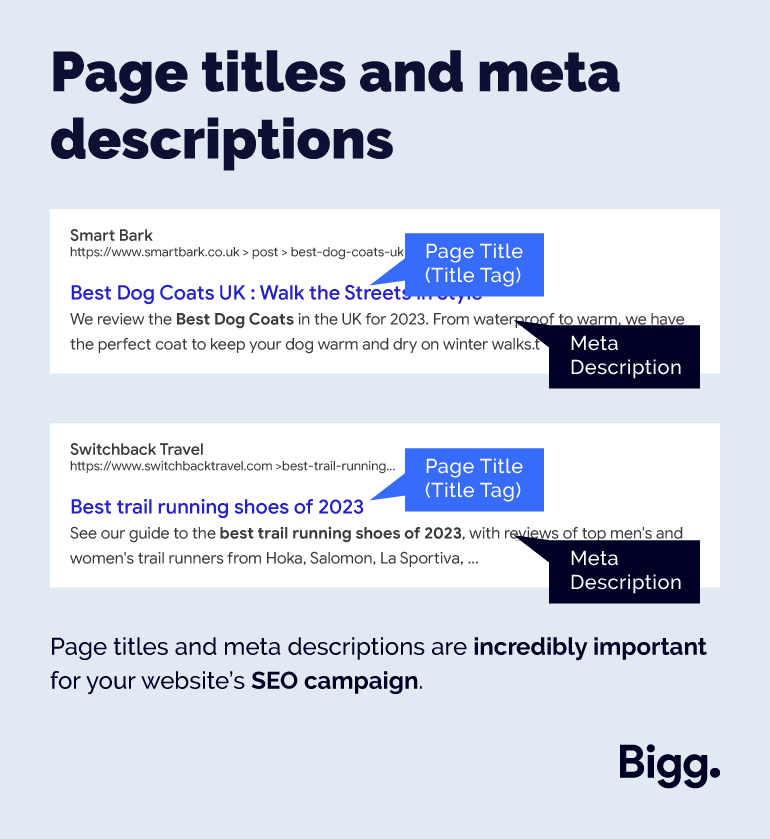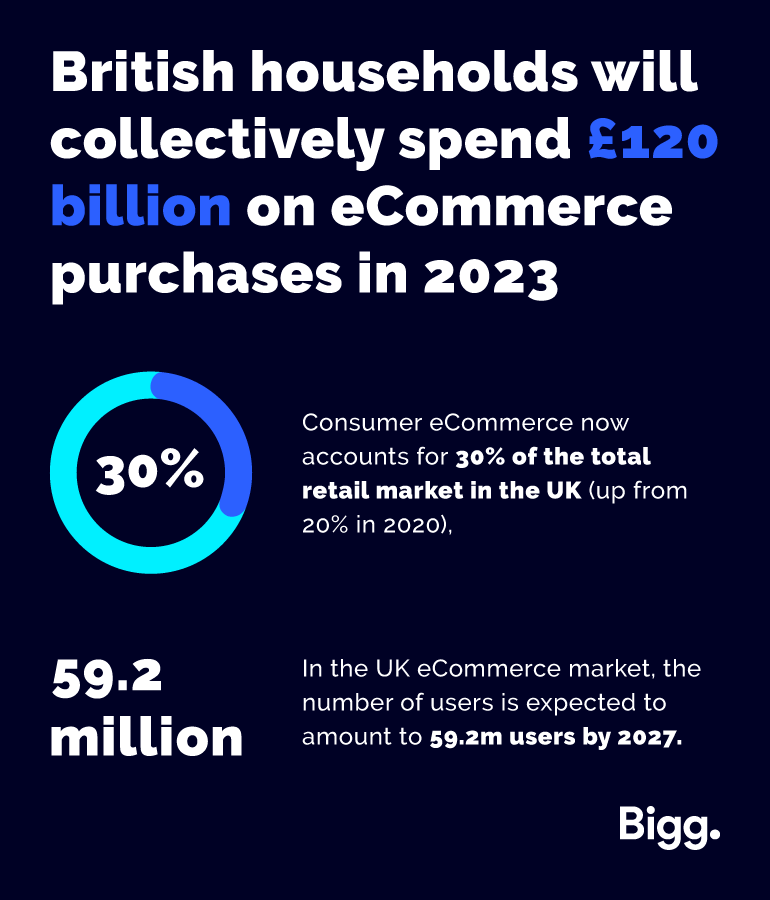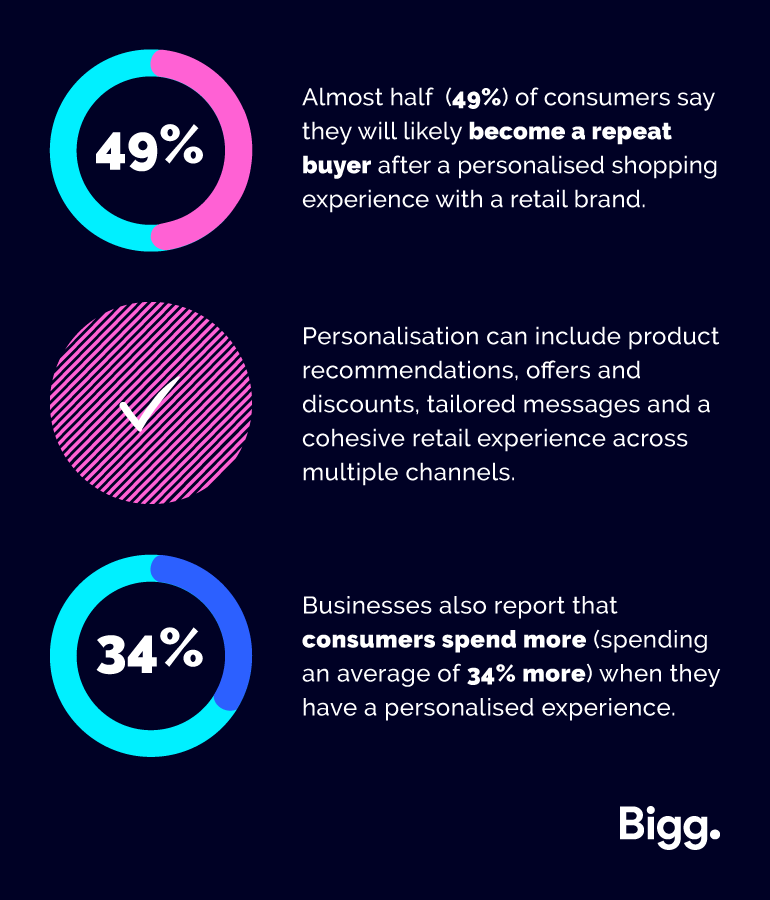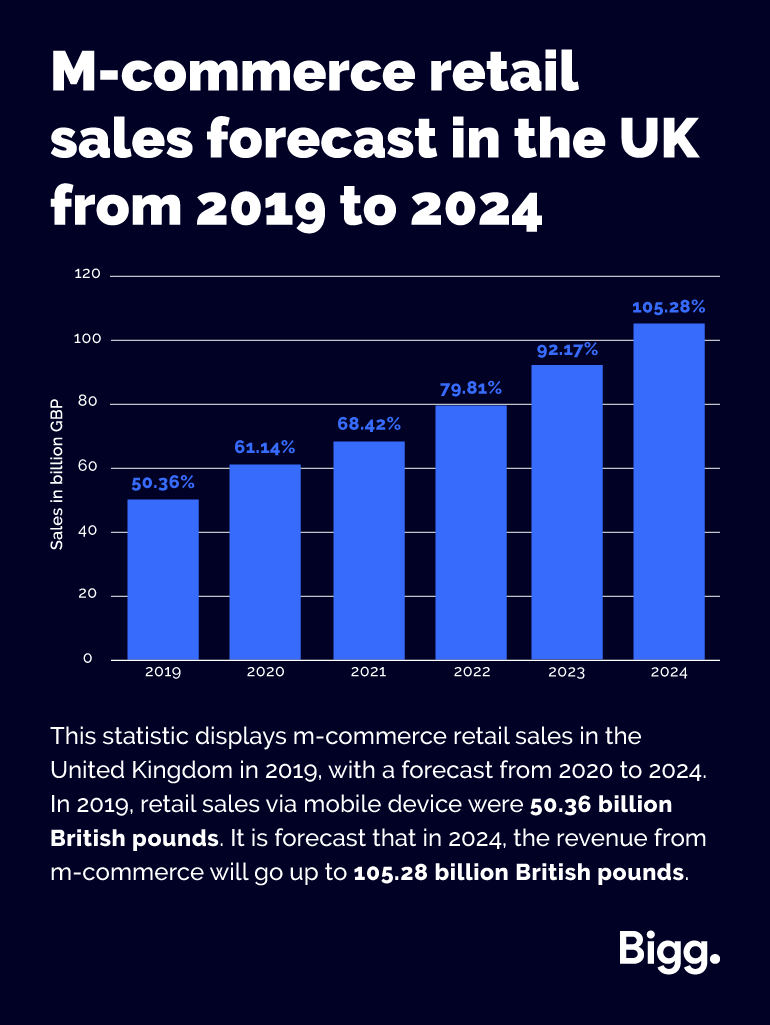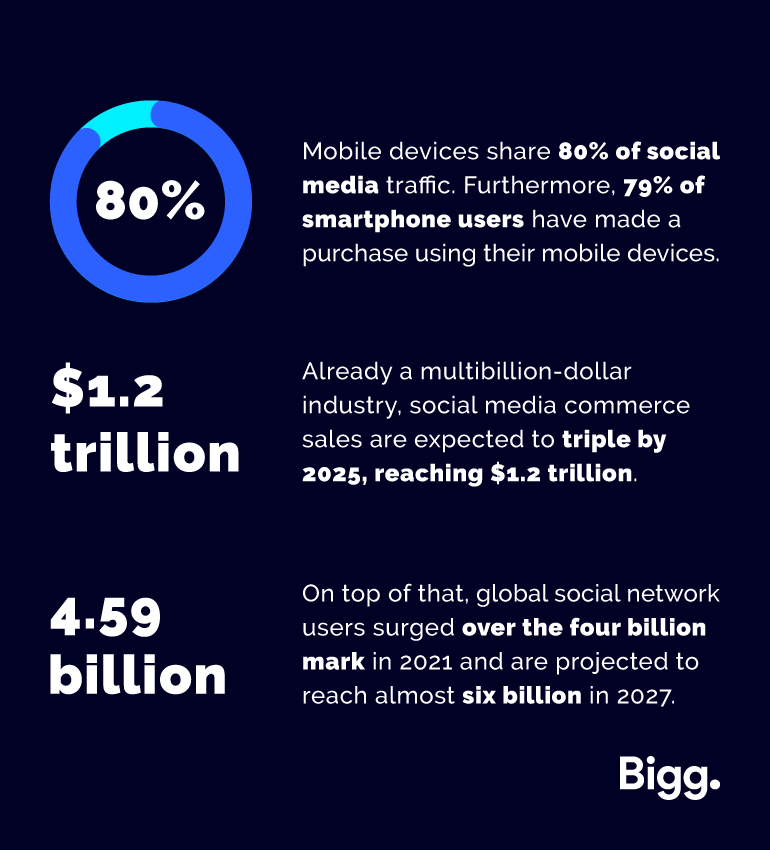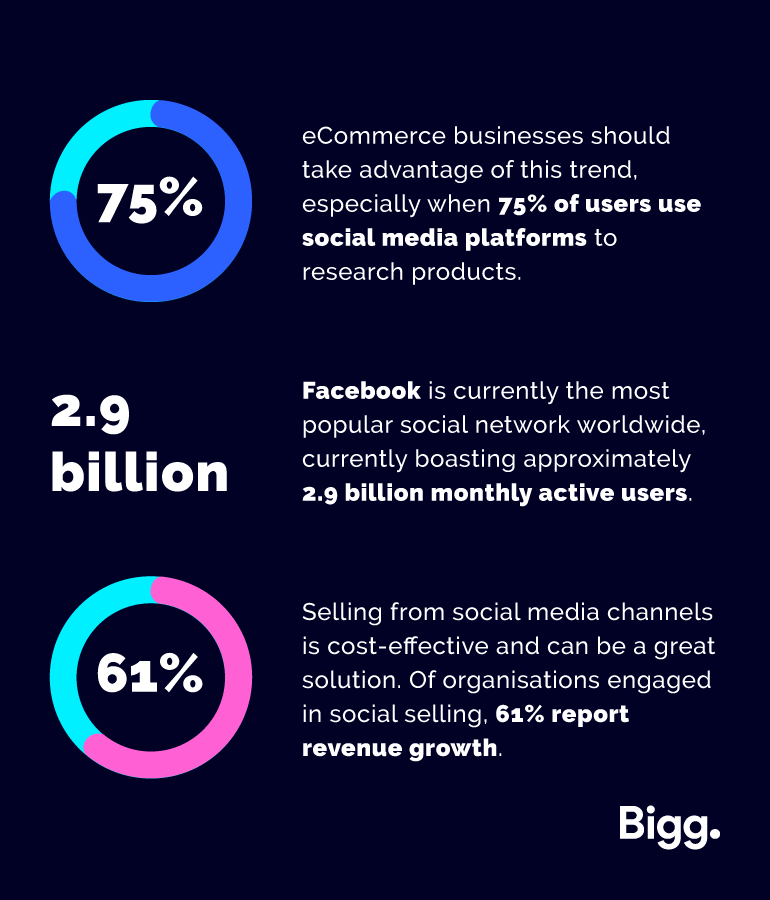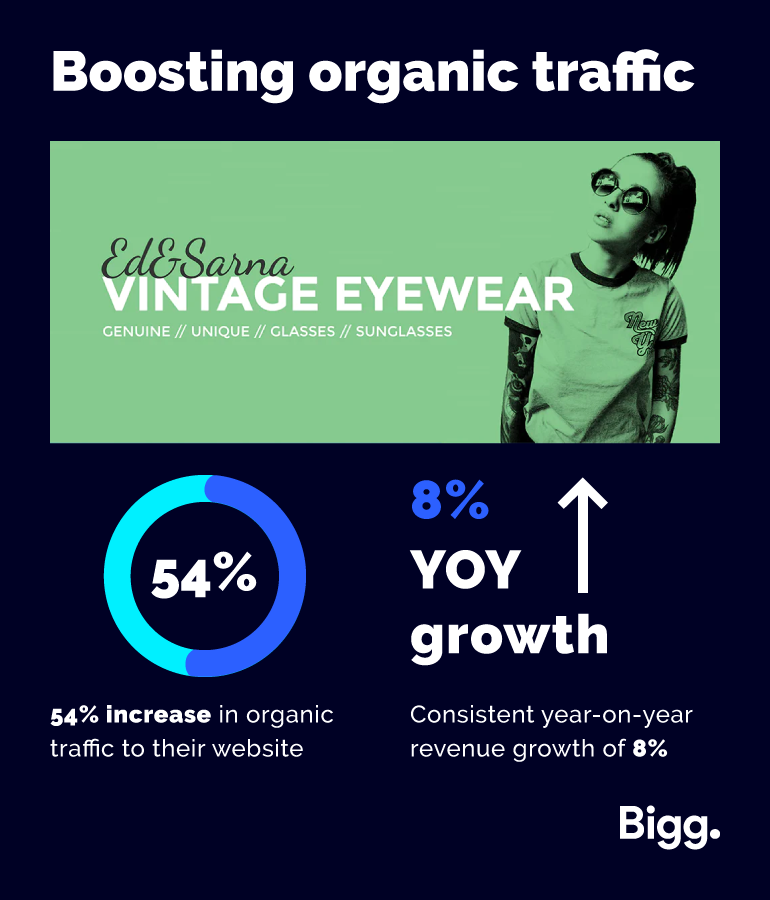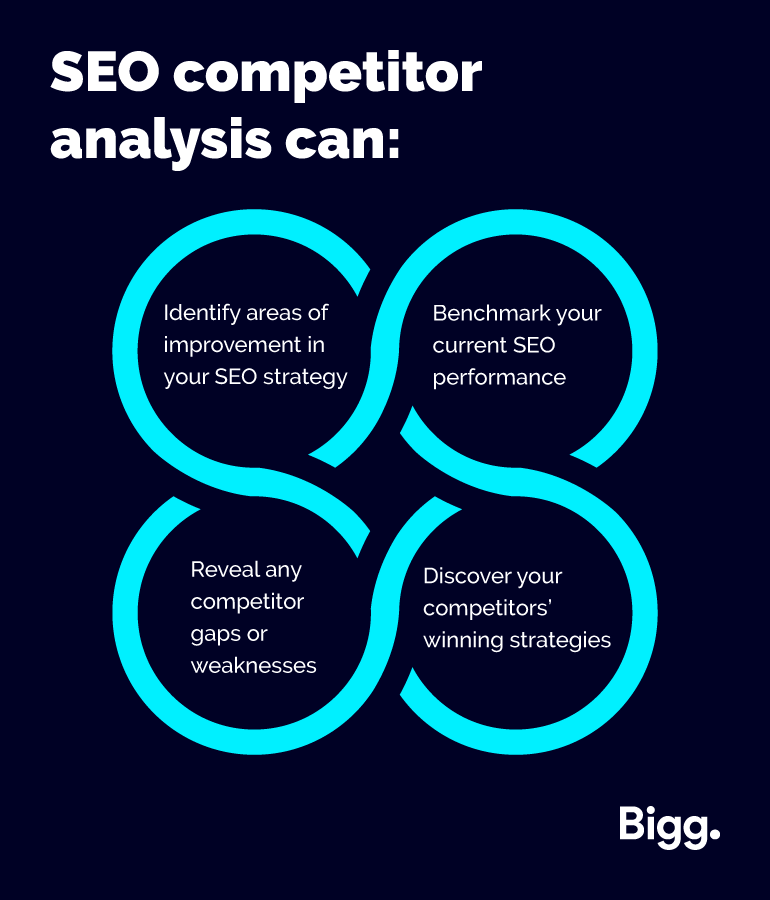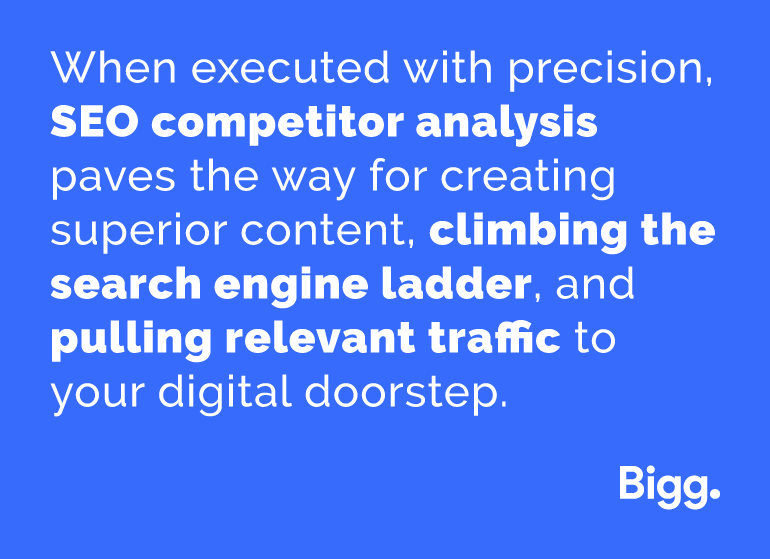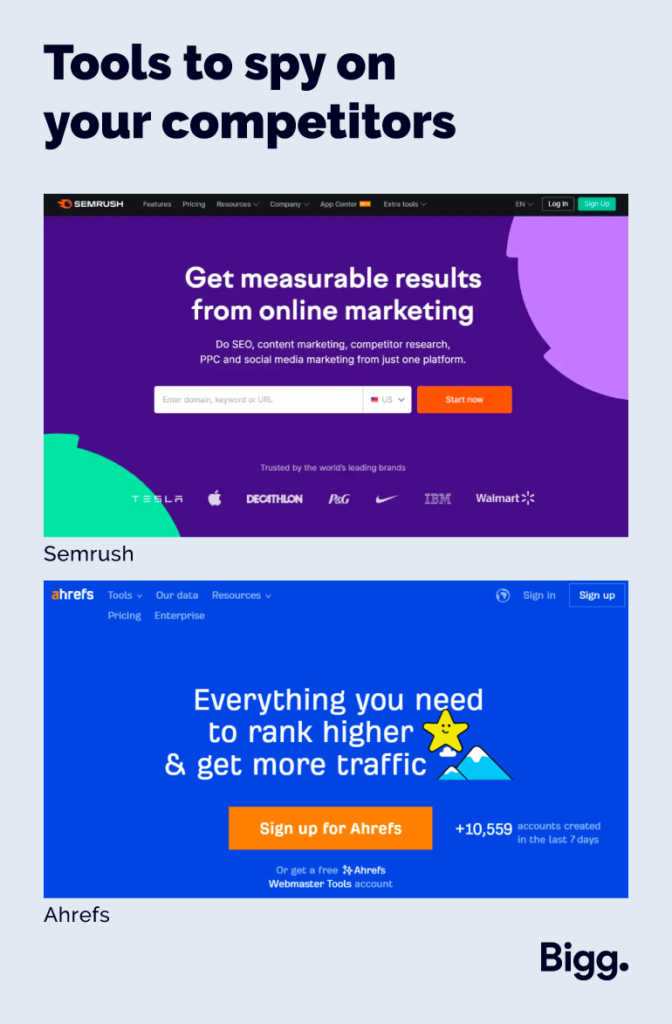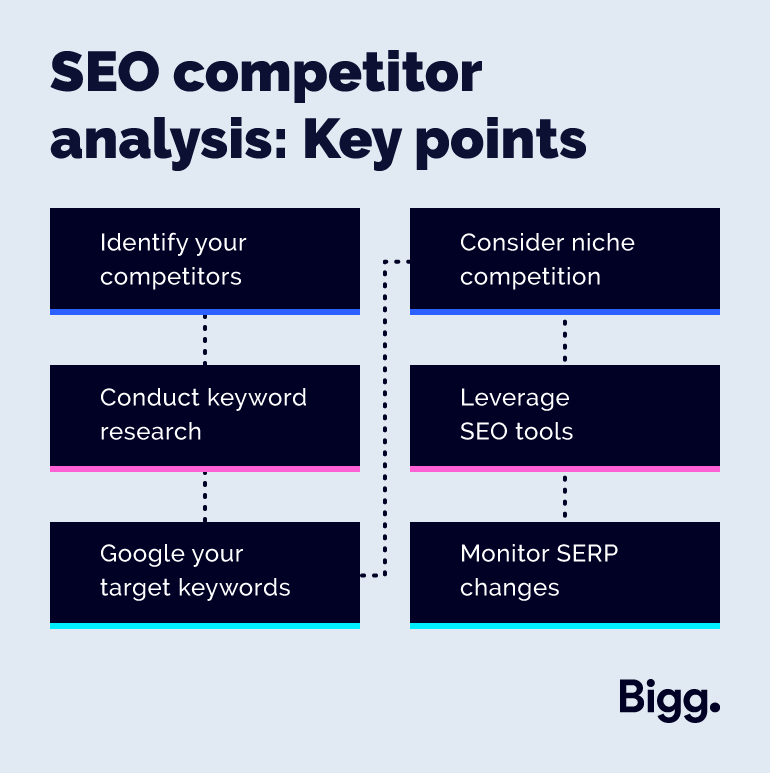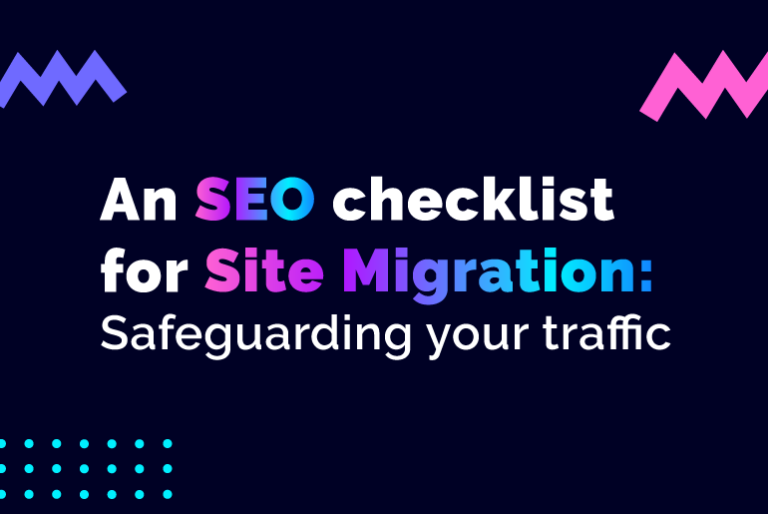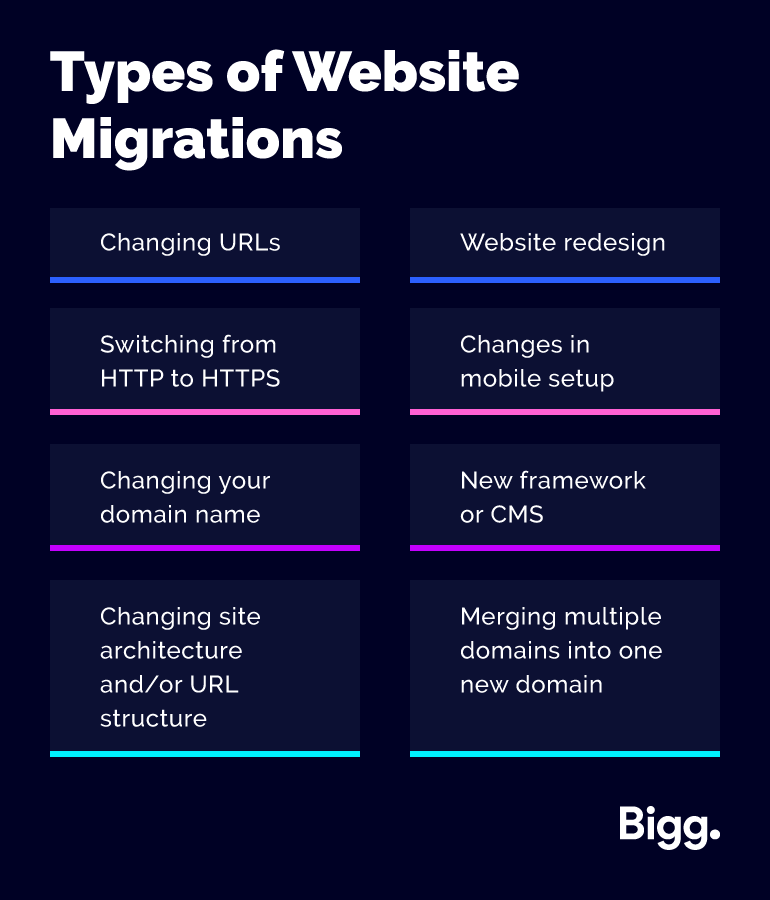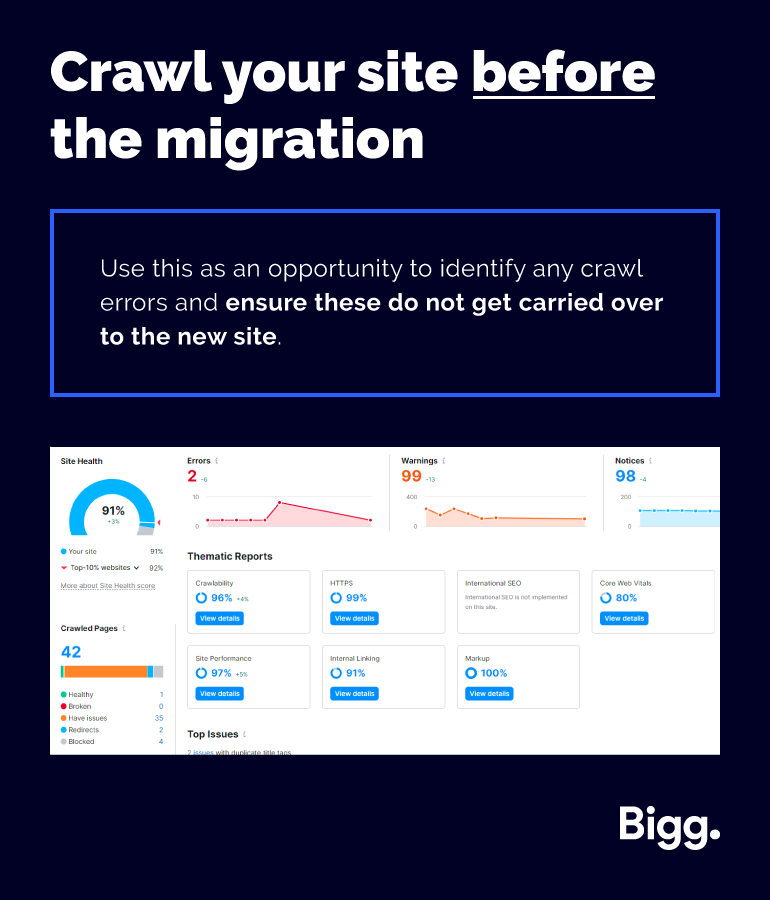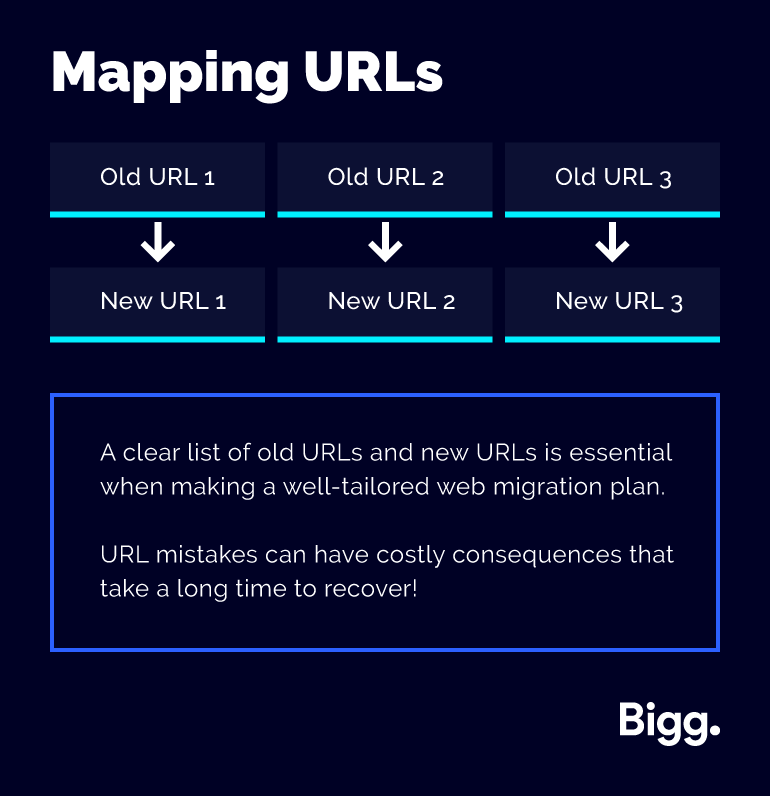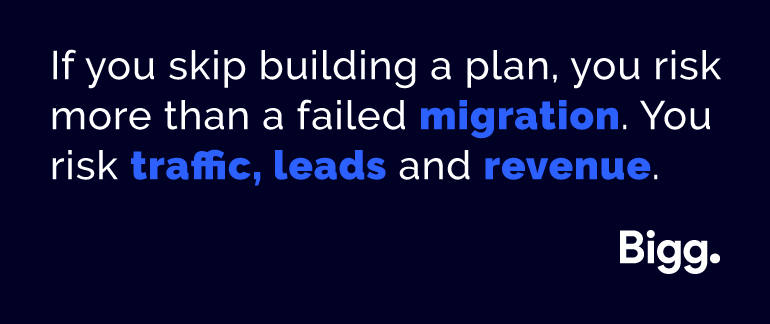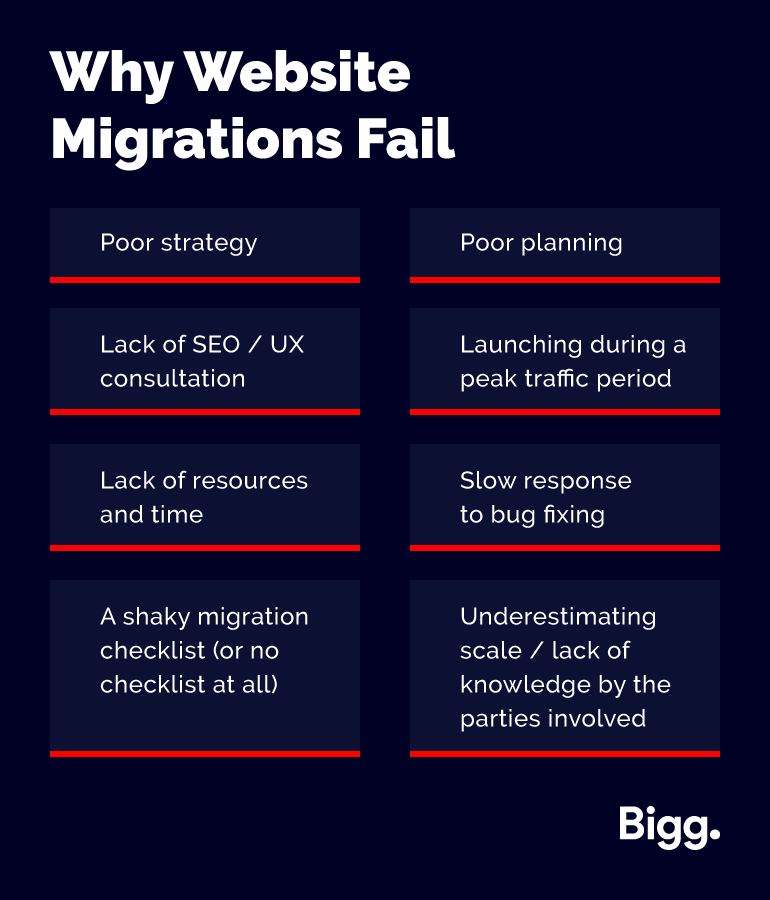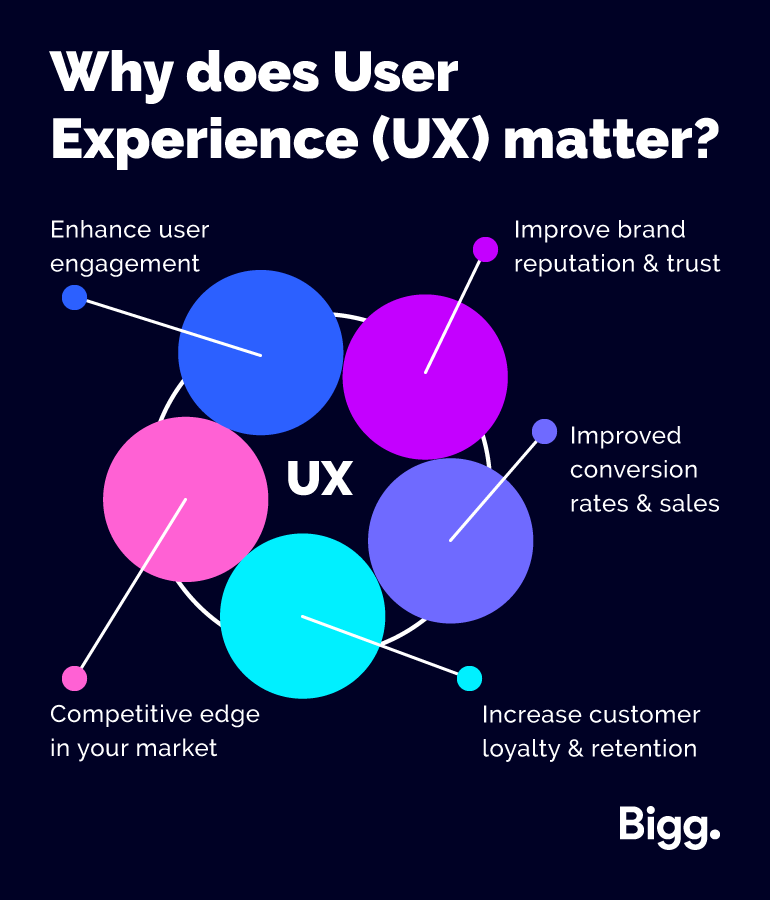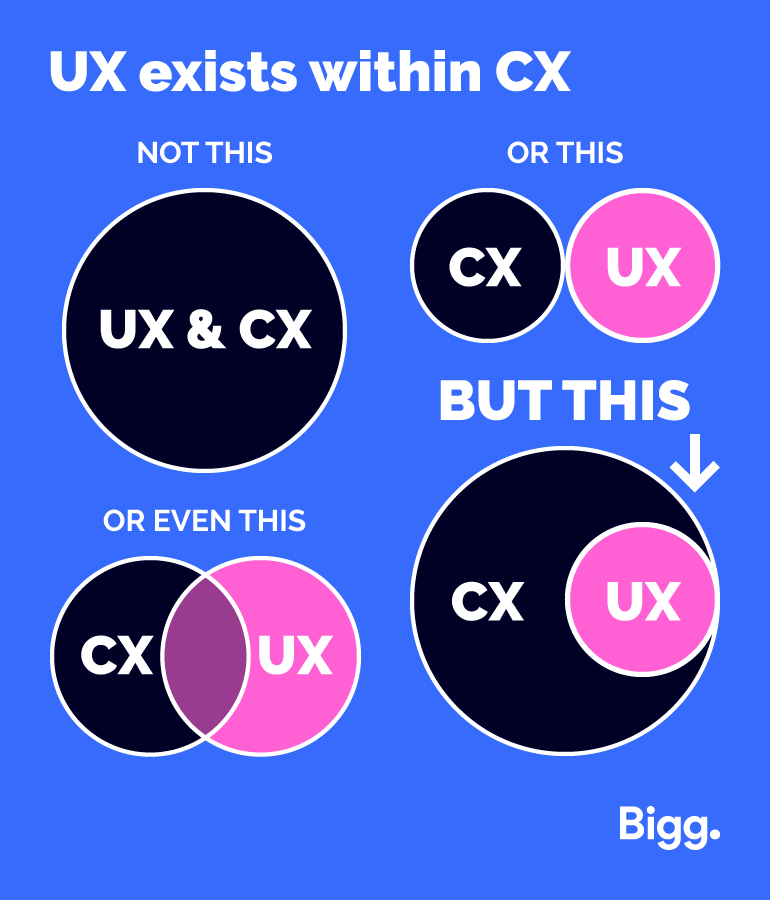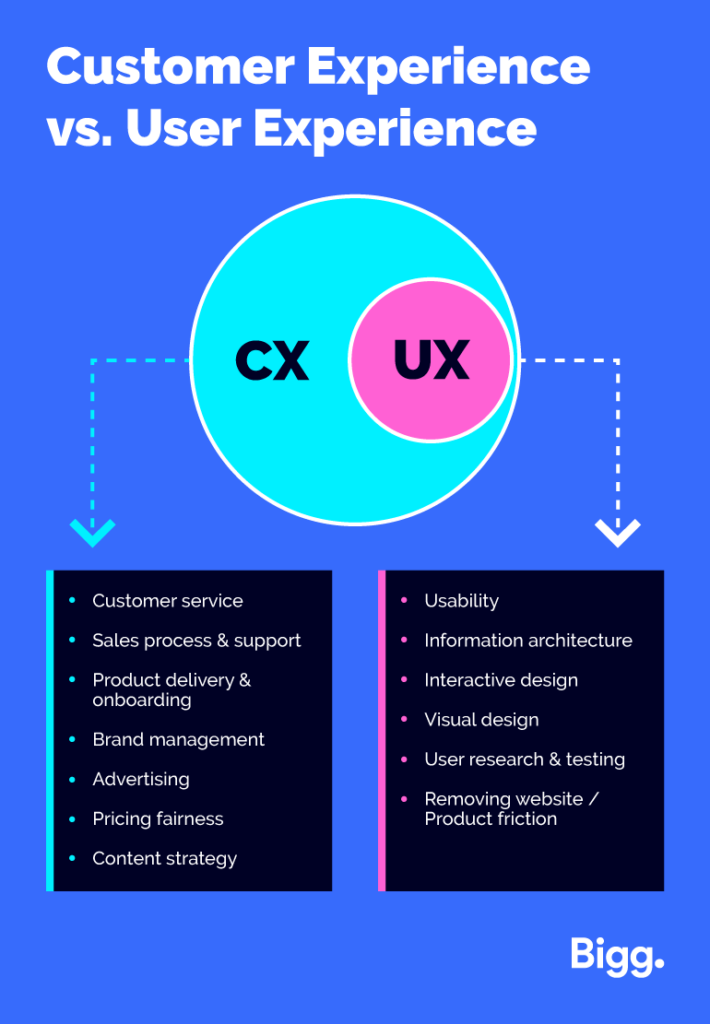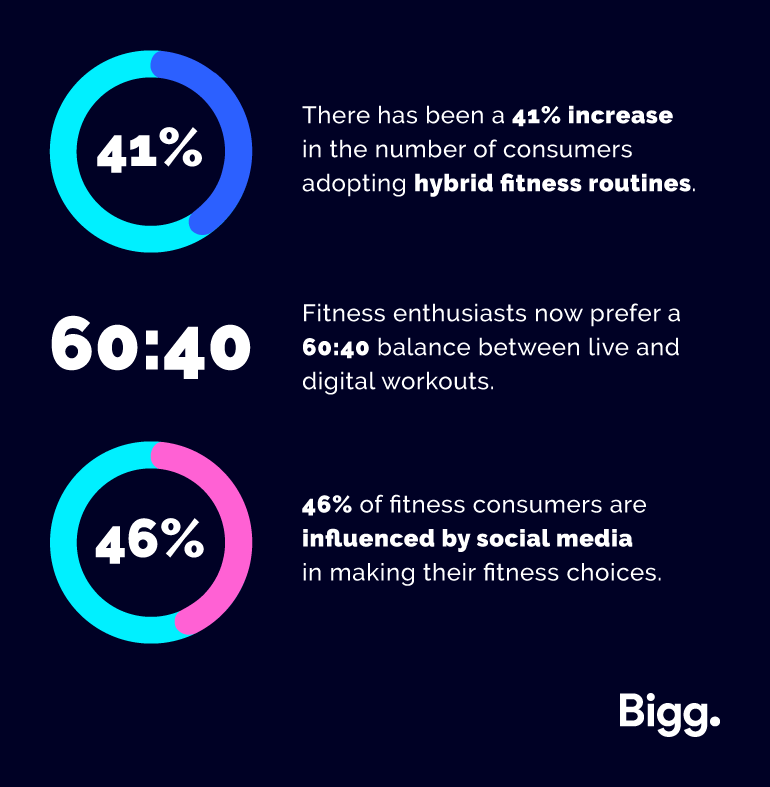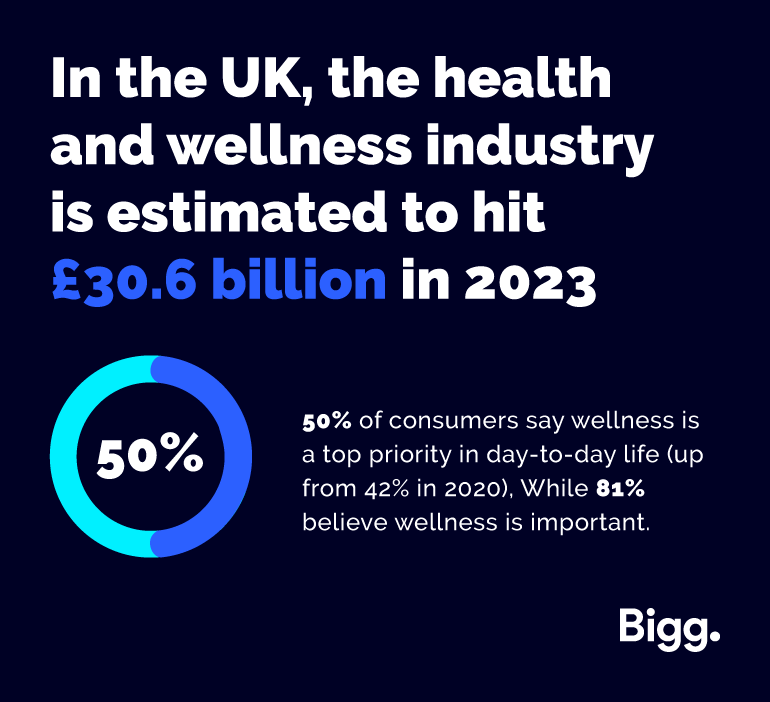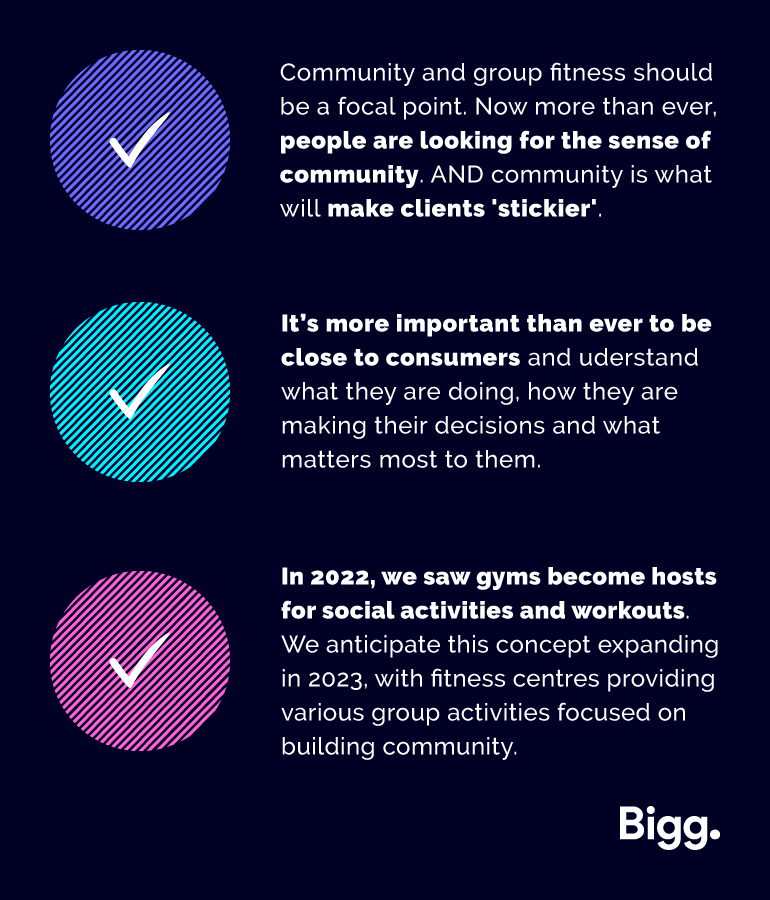Marketing your products or services to other businesses is no easy task. While we are all familiar with the experience of being marketed to as a consumer, which in theory gives us the knowledge to effectively market to other organisations, the reality is that selling to businesses (B2B) and consumers (B2C) are two very different processes.
If you’re new to the B2B marketing space, it’s natural to feel overwhelmed while you’re still learning the ropes. Fear not, however, as in this blog we’ll help you get to grips with all of the B2B basics, and before you know it you’ll be crafting effective campaigns for your business.
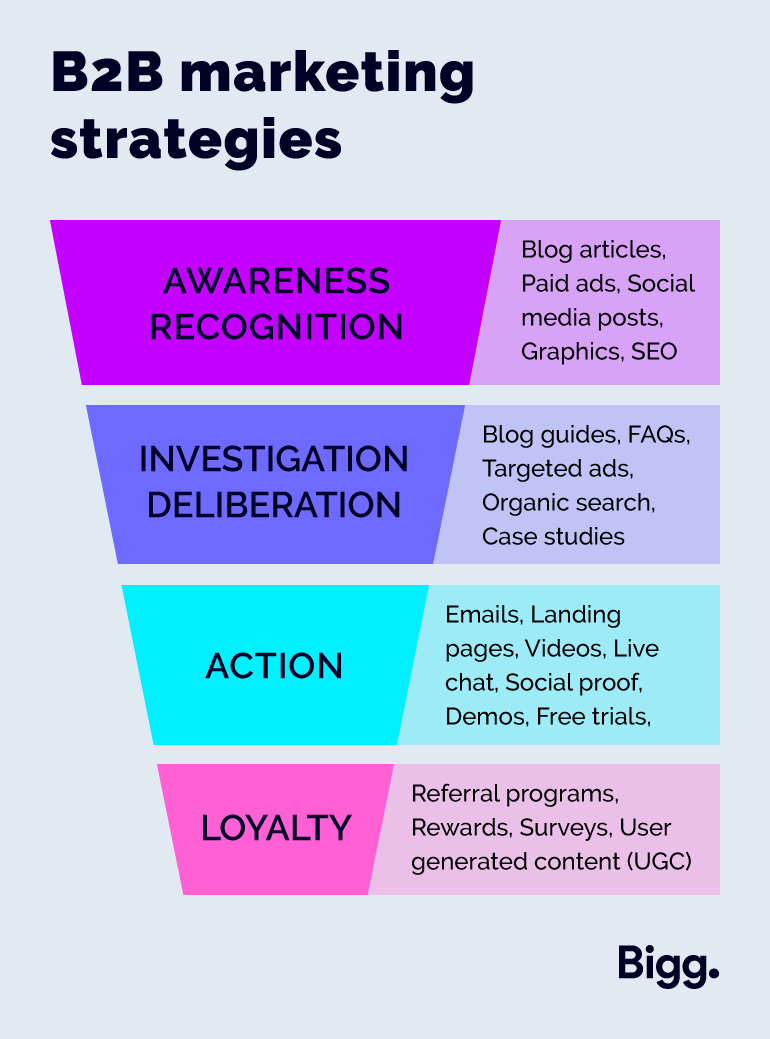
B2B Marketing: What’s It All About?
B2B simply stands for “business-to-business”, which is a form of marketing in which businesses sell products and services to other businesses, rather than to customers (this is referred to as B2C marketing instead, which we touch on below).
The purpose of B2B marketing is to make other businesses aware of your brand name, as well as the value of your product or service, to convert them into customers. There are, as we’ll explore in this blog, a vast number of ways that this can be achieved.
B2B Vs. B2C Marketing
As mentioned above, B2B and B2C marketing are extremely different, from their strategies to their audiences and how they interact with them. First up is B2B, which targets the needs, wants and problems faced by an individual who is purchasing something on behalf of a business. As a result, the business itself becomes the customer.
Some key examples of B2B marketing include:
- A co-working space that hires out office spaces for remote working teams and freelancers.
- A manufacturer attempting to market and sell their products to a distributor.
- A digital marketing agency that offers paid advertising, content writing and other marketing services to businesses and organisations (like Bigg!).
B2C marketing, on the other hand, targets the needs, wants and problems faced by consumers who are making purchases for themselves.
Some examples of B2C marketing include:
- A high street shop that sells clothing, shoes and accessories.
- A music or entertainment platform that sells streaming subscriptions.
- An e-commerce website that distributes products from manufacturers to customers.
For all of their differences, however, B2B and B2C still share certain traits, and some businesses even implement both strategies in a hybrid fashion to cater to a wide consumer base. For instance, Amazon is world-renowned for primarily serving the needs of the average customer, but they also have a B2B branch: Amazon Business.
On the flip side, wholesale retailers like Booker and Costco are designed to sell their products in bulk to other businesses (such as those in the hospitality sector), but in some instances can be used by individual customers for personal use.
B2B Vs. B2C Marketing
| B2B MARKETING | B2C MARKETING |
|---|---|
| Targeted at other businesses | Targeted at everyday consumers |
| Informative content | Entertaining content |
| Smaller, niche audience | Wider audience |
| Uses industry jargon | Uses simplified language |
| Longer buying cycle | Shorter buying cycle |
Key Strategies to Implement
Now that you’re clued up on the fundamentals of B2B marketing, it’s time to talk strategy. While some of the strategies we discuss below are considered preliminary steps, others are ready to be implemented straight away. Let’s dive in!
1. Identify Your Target Audience
All successful B2B marketing campaigns start with finding out who your customers are and what they’re looking for. After all, just because you’re offering a valuable product or service doesn’t automatically mean that patrons will flock to your business.
As such, you need to find out what drives the demand for your product or service and how you can stand apart from the competition. During this stage, you should be answering the following questions:
- Who are you marketing to? What are their age and location demographics?
- What are their pain points and how can your business solve them?
- Is your audience similar across the board, or do they fall into various niches?
- Do they differ from the companies your competitors target? Why?
- Where can they be reached – both on and offline?
To know exactly how to sell to your audience, your B2B marketing should be centred around an in-depth profile of the people you’re marketing to.
2. Run a Competitive Analysis
An SEO competitor analysis can be a powerful tool for deciding which marketing strategies to prioritise in a B2B campaign. Use this process to scope out which businesses are also targeting your audience and what they’re currently doing to reel in customers.
You may want to identify the following:
- Do they have a website that is friendly for both desktop and mobile users?
- Do they have a social media presence? If so, which channels?
- What are their product offerings, and what sales tactics are they using to sell them?
Gaining an overview of these points will give you a better idea of your competitor’s strengths, weaknesses and the threats they pose. Once you understand the space they occupy on the market, you’ll be better equipped to compete with them.
3. Leverage SEO Keywords
Prospective B2B buyers need to make sure that they’re making informed decisions and tend to conduct heavy online research as a result. Because of this, having organic content that ranks highly at every stage of their buyer’s journey is a big deal. Otherwise, you may run the risk of not even being considered as a potential vendor.
One way to improve your site’s ranking is to use content marketing on your website. Content marketing helps to position your business as an industry expert to both search engines and users, and has proven to be an invaluable tool for B2B businesses looking to drive organic search traffic.
By publishing educational, engaging content that highlights your products and services, you not only showcase your niche expertise but also help users make more informed decisions.
4. Invest in Paid Advertising
You should absolutely consider budgeting for a paid spend on social media and search engines as part of your B2B marketing strategy. If done correctly, these paid marketing services can work wonders for your ROI.
Learning to successfully advertise on social media means that you can target your audience on channels they already spend time on. After all, the decision-makers at the companies you’re marketing to are all human at the end of the day; it’s highly likely that many of them enjoy a social media scroll as much as the rest of us! As such, you can use the advanced features on today’s biggest channels to advertise to them.
Paid search also allows you to effectively reach your audience, but unlike organic search, it allows you to skip the queue’ and appear at the top of search results, without having to invest time in SEO. Instead, paid search presents your prospects with exactly what they’re looking for, at precisely the moment they’re looking for it.
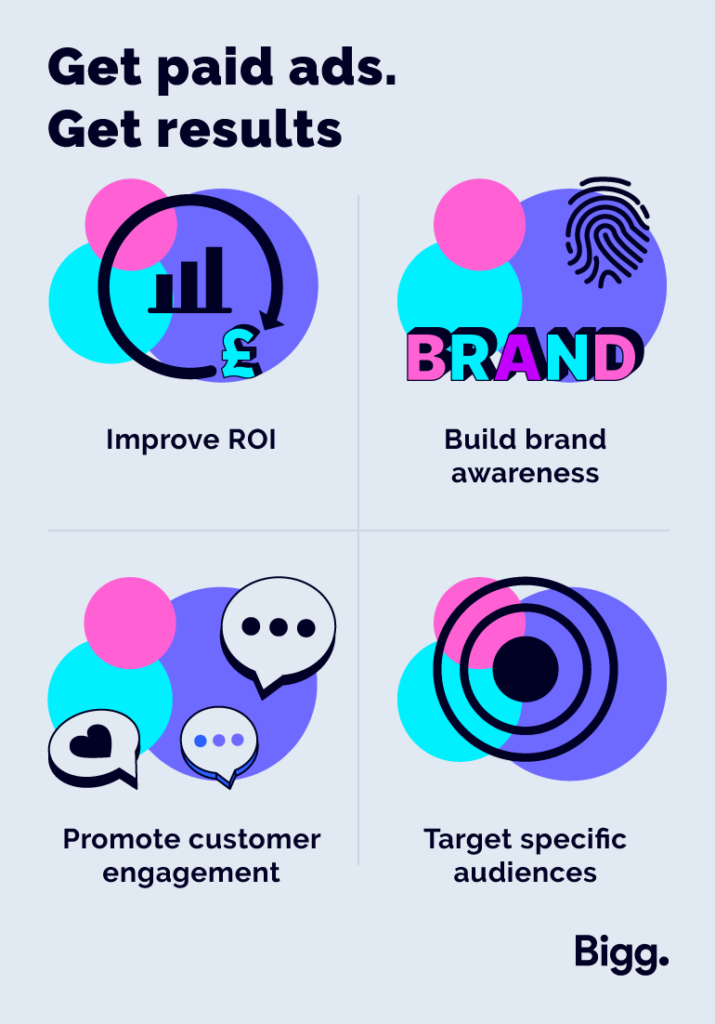
5. Don’t Forget About Reviews and Testimonials
Amongst all of the more technical aspects of B2B marketing strategies, it’s important to not lose sight of the power of customer reviews and testimonials. These are invaluable resources for establishing credibility in the eyes of potential customers who need to know whether your products or services can meet their needs.
Reviews and testimonials can also play a part in aiding your digital marketing efforts, as they can be used to help your business outrank competitors and optimise your organic and paid ad click-through rates.
Let Bigg Design Your Next B2B Strategy
Bigg is a Bristol-based digital marketing agency, focusing on devising results-driven, innovative strategies for clients. Using a comprehensive range of digital marketing services – including paid advertising, SEO, content writing and more – we strive to grow your online presence and increase your profitability month by month.
If you’d like to benefit from expert advice from an agency with a track record of vastly improving clients’ rankings, get in touch with us today.



